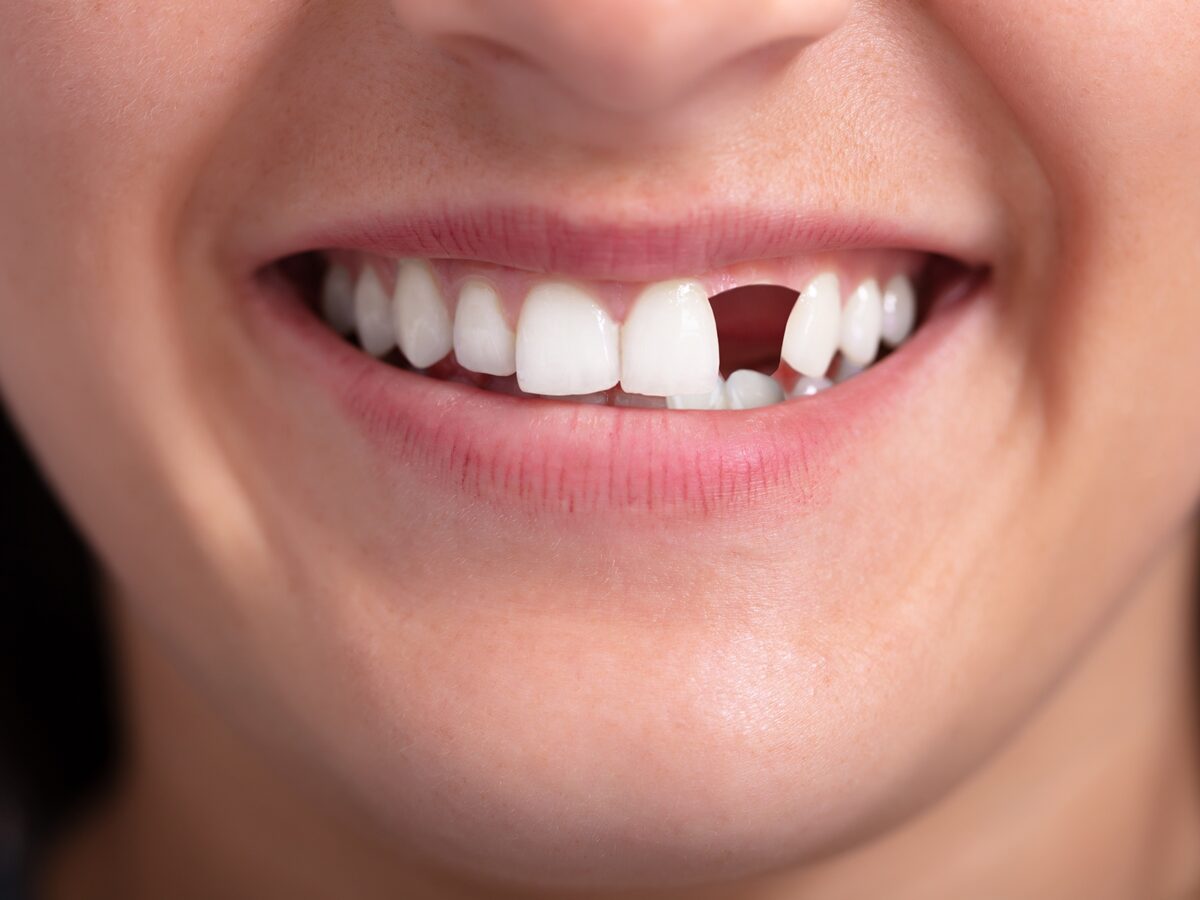There are several reasons people lose their teeth, and some of the common causes are age, injuries, etc. An avulsed tooth means those teeth that are completely displaced from the socket. An avulsed tooth is a major dental injury, and it can be caused due to fights, accidents, or sports. It is very common between 7 years to 14 years of age. Out of all dental injuries, Avulsed tooth injuries are 5 percent to 16 percent.
Thanks to the latest developments in Science as treatment options are available even for the avulsion of permanent teeth. Your teeth can be re-implanted, but this re-implants success rate depends on how sooner you can get the treatment done. It is also important to make sure that you save your permanent teeth that are dislocated or knocked out of the Alveolar bone.
So, here is some useful information about the treatment and management options for Avulsed teeth.
Treatment and Management options for an Avulsed tooth:
It is very important to start the treatment immediately for the tooth to survive. In some cases, re-plantation or re-implantation can be done immediately. But in certain cases, it cannot be done immediately, and in such cases, the teeth should be stored properly till they can be re-implanted. It can be stored in a glass of milk, Saline, or Saliva. You should never use water for the storage of the teeth.
A patient arrives with replanted teeth to the clinic:
- The tooth will be left in the socket.
- The area will be cleaned with Saline or water spray.
- If there are any Gingival Lacerations, a suture may be required.
- The position of the tooth is checked to make sure that they are in a normal position.
This can be done with the help of the patient. A radiograph will be done if required.
- A flexible Splint is attached for at least two weeks.
- The patients will be given systemic antibiotics for at least seven days.
- At least after seven to ten days of re-implantation, root canal treatment is carried out. This procedure is done before the splint is removed.
- Regular follow up will be suggested by the doctor.
The patient arrives within 60 minutes:
- The apical foramen and root surface should be cleaned with a saline solution.
- Local anesthesia is given to the patient.
- The socket is irrigated with saline solution.
- With slight pressure, the tooth should be replanted.
- If there are any Gingival Lacerations, a suture may be required.
And the rest of the procedure will remain the same as the above.
The patient arrives after 60 minutes:
- With the help of gauze, any non-viable soft tissue should be removed first.
- Local anesthesia is given to the patient.
- The socket is irrigated with saline solution.
- With slight pressure, the tooth should be replanted.
- If there are any Gingival Lacerations, a suture may be required.
- A flexible Splint is attached for at least four weeks.
The rest of the procedure will remain the same as the above.
In conclusion, the process remains almost the same for both closed apex and open apex. Your dentist will give you all suggestions and information during the initial stage of examination and first-aid.
Book Appointment to find out which treatment might be best for you.

